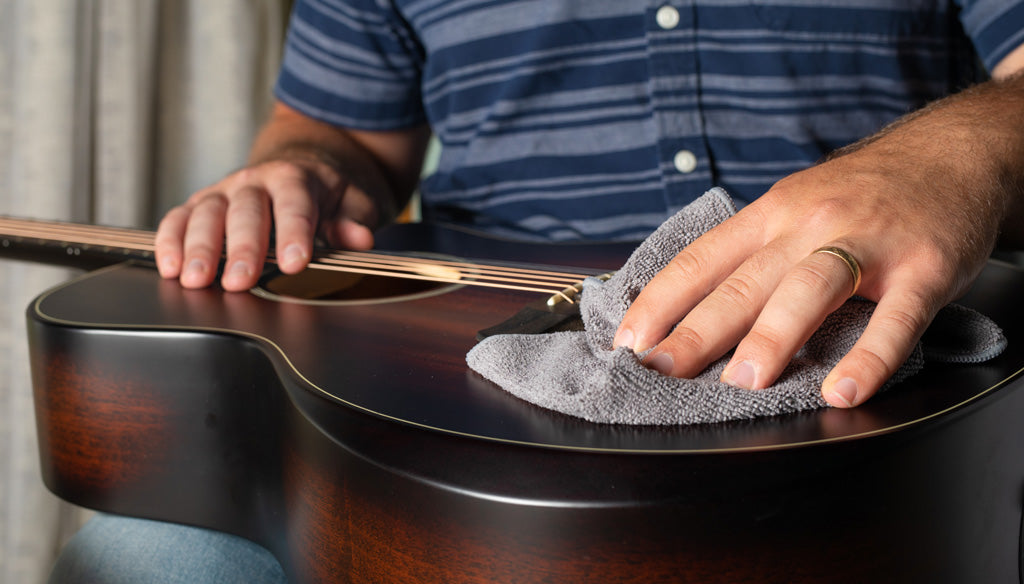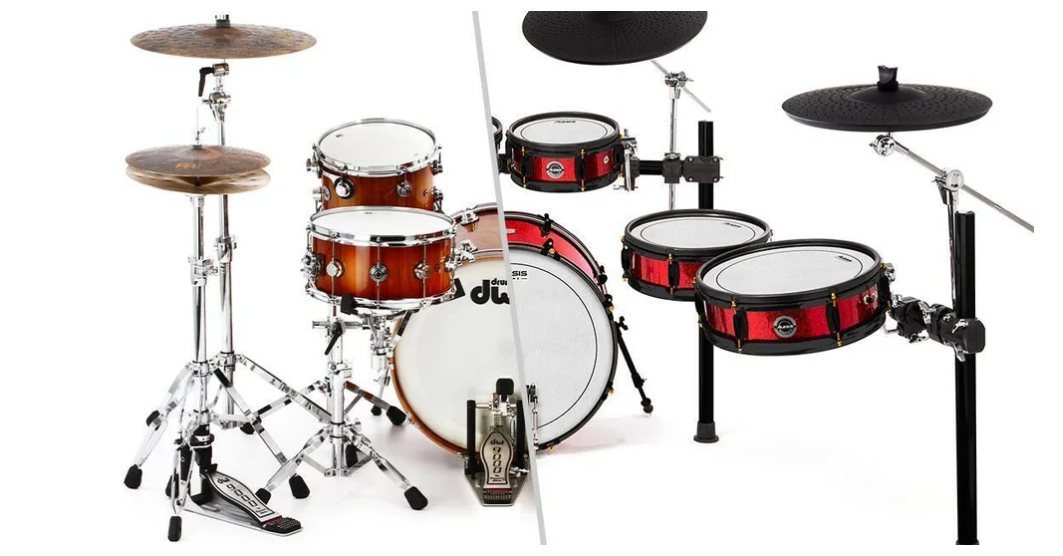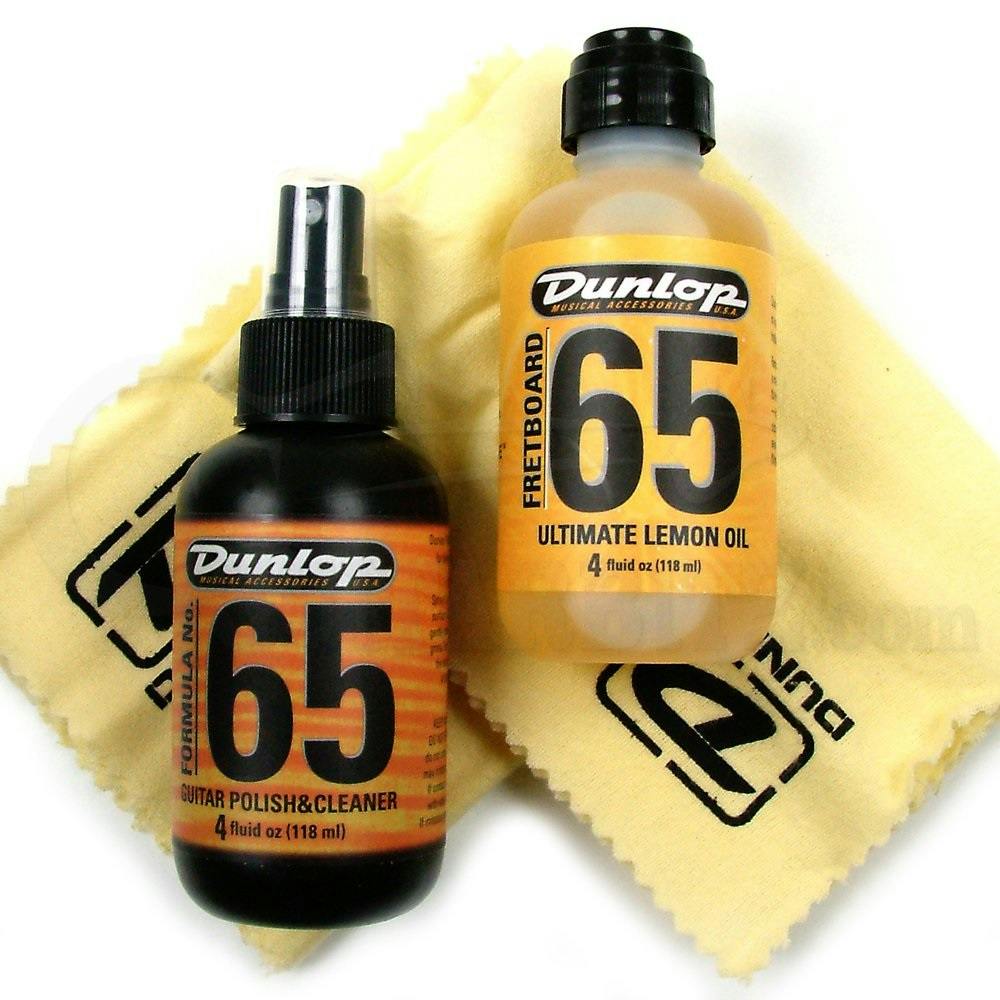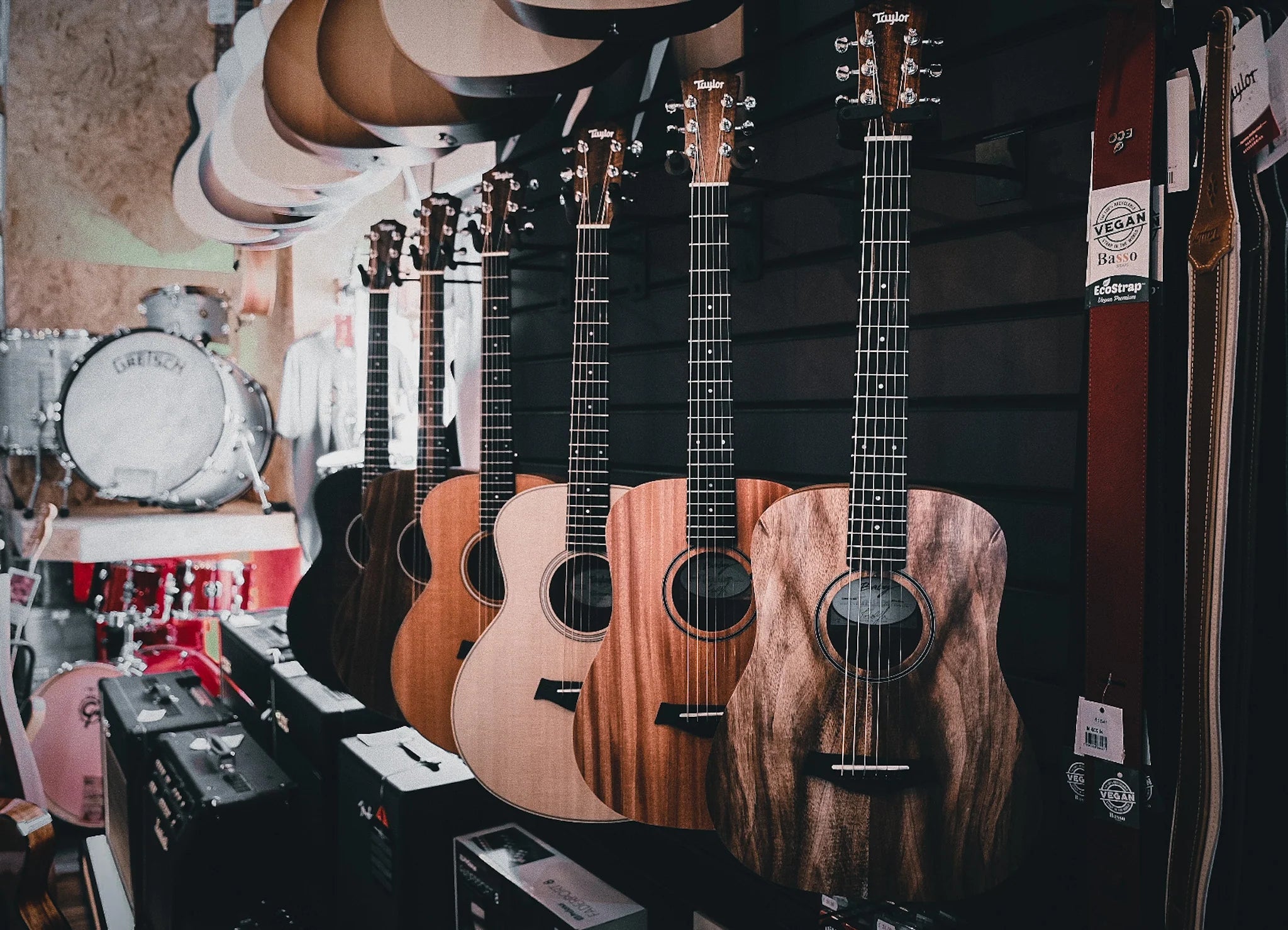- Search products
-
My Cart: RM0.00 MYR0
My Cart
0 ItemsYour cart is empty
ALL BLOGS
Blog
Essential Guitar Care Tips
Keep it clean! First and foremost, always keep your guitar clean. Dust and grime can accumulate quickly, affecting both the appearance and sound of your instrument. Use a soft, lint-free cloth to wipe down the body after each play. For deeper cleaning, consider using specialized guitar polish and a microfiber cloth. Just remember to avoid using household cleaners, as they can damage the finish. The invisible enemy! Humidity control is another crucial aspect of guitar care. Guitars are sensitive to changes in humidity, which can lead to warping or cracking. Ideally, keep your guitar in a room with a humidity level between 40% and 60%. If you live in an area with extreme weather conditions, investing in a hygrometer and a humidifier or dehumidifier can be a wise choice. Change your strings! String maintenance is equally important. Regularly changing your strings not only improves sound quality but also prevents corrosion and buildup. Depending on how often you play, aim to change your strings every few weeks or at least once a month. When changing strings, take the opportunity to clean the fretboard with a suitable cleaner to remove any built-up oils. Store it! Lastly, always store your guitar properly. When not in use, keep it in its case or on a stand away from direct sunlight and extreme temperatures. This simple step can prevent damage and prolong the life of your instrument. In conclusion, taking care of your guitar doesn’t have to be overwhelming. By following these straightforward tips—cleaning regularly, controlling humidity, maintaining strings, and proper storage—you’ll ensure that your guitar remains a cherished companion on your musical journey. Happy strumming!
Should I get an acoustic or digital drum kit?
As a loving parent, you want to support your child's passion for music, especially if they’re showing interest in drumming. The decision between an acoustic and digital drum kit can feel overwhelming, but understanding the pros and cons of each option can help you make the best choice for your budding drummer. Let’s break it down! Choosing Between Acoustic and Digital Drum Kits Acoustic drum kits are the classic choice, offering an authentic sound and feel that many drummers crave. They consist of real wooden shells and metal cymbals, providing a tactile experience that can be incredibly rewarding. The dynamic range of an acoustic kit allows for expressive playing, which is essential for developing a musician's skills. However, they do come with some challenges. Acoustic kits can be quite loud, which might not be ideal if you live in an apartment or have neighbors nearby. Additionally, they require regular tuning and maintenance, which can be a bit of a hassle. On the other hand, digital drum kits have gained popularity for their versatility and convenience. They often come with built-in sounds and effects, allowing your child to experiment with different genres without needing multiple instruments. Many digital kits are also equipped with headphone jacks, making it possible for your young drummer to practice quietly—perfect for late-night jam sessions! Plus, they are generally easier to set up and maintain than their acoustic counterparts. However, some purists argue that digital kits lack the authentic feel of playing on real drums, which could affect your child's overall experience. Ultimately, the decision should reflect your child's personality and living situation. If they thrive on creativity and noise, an acoustic kit might be the way to go. If convenience and quiet practice are more important, a digital kit could be the perfect fit. Whichever you choose, your support will mean the world to them as they embark on their musical journey!
Step by Step Cleaning and Maintenance Routine with Jim Dunlop
Step 1: Prepare Your Workspace - Use the System 65 Setup Mat and Neck Cradle to create a secure, padded surface for your instrument. These prevent scratches and offer support while you work. Step 2: Clean the Body - Formula 65 Guitar Polish & Cleaner : Spray this cleaner on the guitar body to remove grime, fingerprints, and oils. It leaves a protective micro-thin layer to keep the finish shiny and resistant to buildup. - Bodygloss 65 Cream of Carnauba : Apply this polish after cleaning to add a protective layer against moisture and stains, ensuring a long-lasting glossy finis. Step 3: Condition the Fretboard - Formula 65 Ultimate Lemon Oil: Use this to clean and protect unfinished fretboards (e.g., rosewood or ebony). It removes dirt and replenishes the wood’s natural oils, preventing cracking. - Fretboard 02 Deep Conditioner: For deeper hydration, this product protects the fretboard from dryness and enhances its natural color. Step 4: Maintain Strings - Formula 65 String Cleaner & Conditioner : Apply this to your strings to remove debris and prolong their life by reducing corrosion and maintaining their tonal brightness. Step 5: Final Buff - Use the 5435 Plush Microfiber cloths to buff all surfaces gently, ensuring no residue is left behind and achieving a professional finish. This simplified guide ensures your instrument stays in top condition while being easy to follow. For further details, check Jim Dunlop's website at www.jimdunlop.com
What the difference between a cheap guitar and an expensive guitar?
What the difference between a cheap guitar and an expensive guitar?I. Introduction Thesis statement: The price difference between a cheap guitar and an expensive guitar is determined by various factors. Preview of main points: Understanding the factors that contribute to the price difference can help you make an informed decision when purchasing a guitar. Body Quality of materials Expensive guitars often use high-quality tonewoods for better sound and resonance. Cheap guitars may use lower-grade materials that affect the sound and durability. Craftsmanship and construction Expensive guitars are usually handcrafted with meticulous attention to detail. Cheap guitars are often mass-produced, resulting in lower quality control and craftsmanship. Hardware and components Expensive guitars may have premium hardware and components, such as high-end pickups and tuners. Cheap guitars often come with lower-quality hardware and components that may affect playability and sound. Brand reputation and demand Established and reputable brands often command higher prices due to their reputation for quality. Cheap guitars may be from lesser-known brands or have lower demand, resulting in lower prices. III. Conclusion The price difference between a cheap guitar and an expensive guitar is influenced by factors such as materials, craftsmanship, hardware, and brand reputation. Understanding these factors can help you make an informed decision when choosing a guitar that suits your needs and budget. Whether you opt for a cheap or expensive guitar, prioritize finding one that feels comfortable and inspires you to play.






























